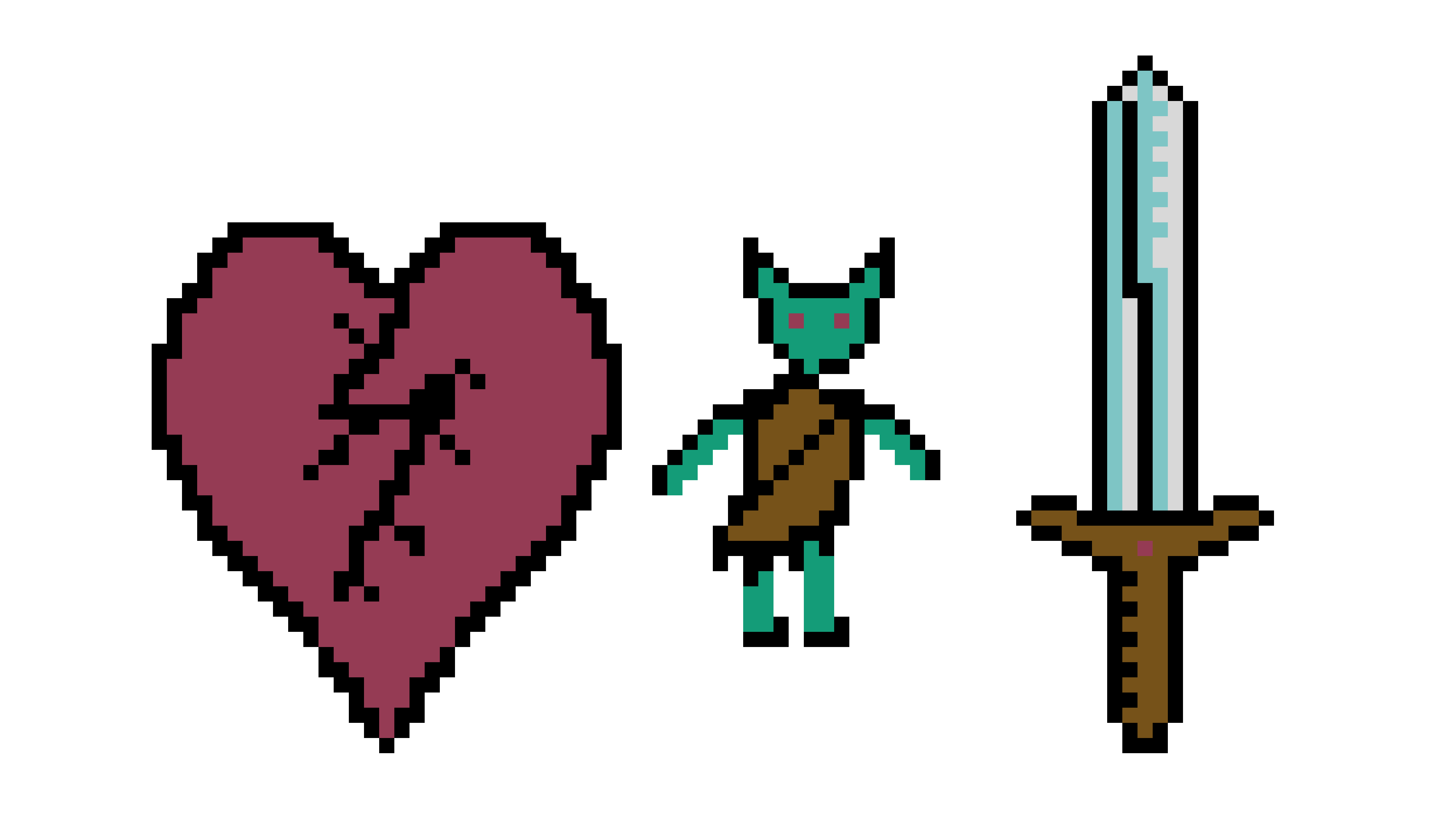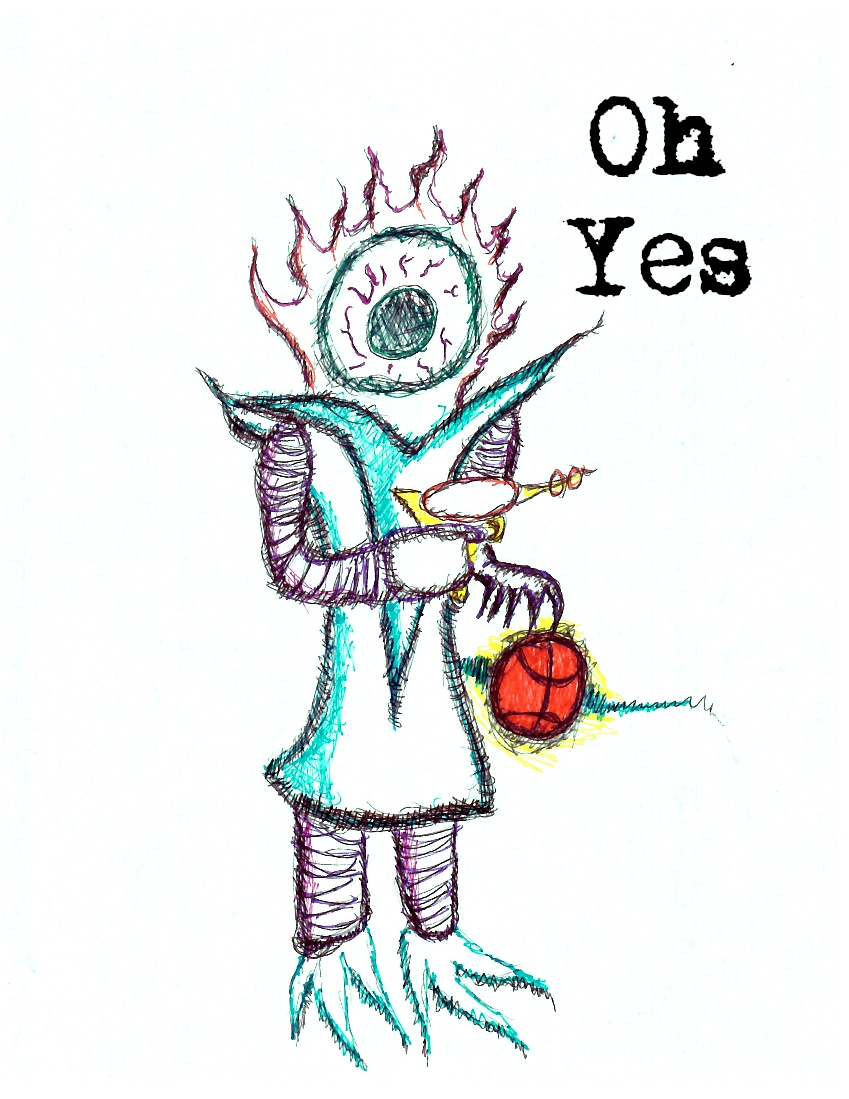Saying Yes
Welcome to my increasingly erratically released blog. Let’s start with the state of the game:
- Been working on a full rewrite. Version 1.3 There will now be a lot more examples of play that I think will help with onboarding. There are going to be very few rules changes, but a fair amount of rewriting Future Tech and Mutations for consistency.
- After that is another round of proofreading. After I do rewrites based on that feedback we will be at version 1.4
- Then assuming things are alright a beautification of the PDF with a bit more formatting and more art. The tentatively final 1.5
After that there will be demo games, instead of playtest games. I will see how smooth I can get the kookiness of random tables and weird dice to run over discord.
- There are more things I really really want to with this game:
- Digital tool for rolling on tables. I found a clever way of doing this web-based that works on everyone’s phone.
- Smaller leaner printable zine version I could physically hand out.
- Fully formatted version with style.
- Commissioned logo.
- Some commissioned art.
I would like to do these things, but doing this is more work than fun. My passion is in design not development, and even editing is a slog for me, thus the slower pace of updates. That being said there has just not been many people very excited to run/play this game. I deeply appreciated the few people who have run the game, and gave feedback. That being said I always knew this would be a very niche game. I made it for me and mine, and in that arena the game is already done, so continued development is maybe me just spinning my wheels. Once I do a few public demo games, I’ll decide if it’s worth my time to keep pushing updates and to work on my want list.
Because I am a very creative person, and I am compelled to be creative, of course I am already putting time (that I should probably be using on Chronomutants editing) into other games for my group.
Magic Sword- A ripoff of Microscope paired down to quickly and collaboratively build a fantasy world by following the history of magical relics through ages. Fun on it’s own, but also good for session 0 of any fantasy ttrpg. Needs full testing, but I think it’s actually pretty close to fully functional after some alpha tests.
Game 2- Not actually the 2nd game I’ve made, and unlikely to be the second game I release (see above) but instead the game I have started working on after Chronomutants. It’s a high fantasy tactical combat system that uses miniatures. My group and I like some parts of DnD-a-likes but I have never found a tactical game that fits my idiosyncrasies. The same way that Chronomutants was born from a Gamma World hack and became its own thing, Game 2 is a weird amalgamation of all my weird homebrew from 4e, 5e, and Savage Worlds. An exercise in stripping away all the superfluous stuff and focusing in on frantic fast combat. The goals are to eliminate slog and keep players engaged. Early alpha testing shows the core works, and I am deciding how in-depth player build options should be. Kind of want to name the game Heartbreakers…
Kin- The game I was working on before Chronomutants. You play as the minions to an evil wizard. Half prison RPG half black-ops missions. A fun allegory about my complex feelings about both enjoying my job and feeling like a slave to capitalism. There have been at least a dozen versions of this over the years. Some were pretty board-gamey, and some tactical. I understand the experience I want here, but none of the versions are mechanically clean enough for me. Current state is that it’s a big sloppy pile of clever ideas, mostly push your luck gambling mechanics. I’m putting this on the list because I have been thinking about it a lot lately and I feel with it taking up so much of my headspace, that I am due for a breakthrough here. But I have thought this about the project before…
So while I am excited by other creative projects and ramping up for the busy season at my dayjob, I still plan to drag Chronomutants up to 1.5 at least.
In other Chronomutants news, I’ll be running the Horror conversion this month, and am excited to see what stretching the system into a genre it wasn’t designed for will teach me.
Speaking of lessons I want to talk briefly about a GM lesson I learned during the running of Chronomutants. I have run a lot of this game over the last year, an entire months long campaign, and many many one shots for both new and veterent Timetravelers. Specifically I want to talk about the intersection of shared narrative, challenge, and saying yes to players.
One of the core design tenets of Chronomutants is “say yes to players.” This principle is at odds with challenge. Players generally want “to win” any game with systems. Winning is a nebulous concept in story games, but focusing specifically on Chronomutants there is a fairly strict Pass or Fail element to the missions. So winning and losing is fairly easily defined here. So how can you say yes to players without circumventing the challenge of the game?
The trick here is that as a collaborative storytelling game Chronomutants structure is fairly loose. As a GM you have a list of obstacles, and deploy them when appropriate based on the improvisation of the players. Nothing a player can do, can stop the GM from putting a new obstacle in front of the players. The GM skill here is in pacing and creating an appropriate feeling arc of the adventure in response to the players.
So when a player asks for something that puts them “ahead” in the mission, or narrates an advantage or windfall it’s a natural GM reflex to temper their expectations with asking for a roll. I learned through a lot of testing that just saying yes is fine, there can always be another obstacle, more tension, or maybe it’s time to wrap things up. It’s more about flow than challenge. I have found very little benefit to saying no.

Example: The scope of a roll.
The players want to open a secure door. Instead of hacking the door, or going around, a player wants to leverage their Bargaining skill. To that end they make a plan to travel back to the barracks, go back in time, present themselves as supervisor, convince the guard to reset the password to the default 1234#.
Now, the gm could certainly break this plan up into several skill checks, a multistep plan using a couple of different skills, but the secretly best answer that plays to the strength of the system is just to say yes. Let them make one check for the entire plan, and have them narrate the dice results. Let them tell the story of them doing all those cool things, or bungling it, or accidently creating a paradox, based on the dice rolls. They are not really getting ahead, as a GM you always have more obstacles. What you will gain is the player telling the story they want, and encouraging them to make crazy plans.
The downside of this is sometimes a savvy player will feel like none of their choices matter if their is always an obstacle. Another technique here is the GM can narrate them getting closer to the goal before deploying another obstacle.
Example: a dangerous road.
The players peer down the street and see several terminator-esque robo-guards. They decide the robots are too dangerous and travel into the far future to walk down the street and then travel back. It’s again easy to set a different obstacle on the future path, but it’s better if you say yes. Let them get past the robots, put the next obstacle after, or narrate them walking down an empty street and after they are closer to the goal deploy an obstacle. The key is to let them gain narrative ground, let them make progress, let them have ups. It wouldn’t be a fun adventure if everything was a failing roadblock. A stronger narrative has ups as well as downs.
So when do you say no? Rules questions, and when a player wants to circumvent a consequence or override the dice rolled. That’s pretty much it. Find ways to say yes, stretch yourself. As a GM you can’t lose.
Example: can I use…
Player: Can I use bargaining to open the door?
GM: I’m not sure how that would work.
Player: it’s voice activated and controlled by a sassy AI
GM: sure, but that sounds dangerous AI are probably linked to comms and famously unpredictable. OR:
Player: Can I use bargaining to open the door?
GM: I’m not sure how that would work. Player: it’s voice activated and controlled by a sassy AI
GM: Well it was established already that the doors are activated by crystal fobs and the aliens here don’t speak. Do you have a way you can change that?
Player: I don’t want to mess with reality anymore than I already have, I will find another way around…
If what a player wants is to just roll their highest skill, help them find yes by asking questions. If they can tell a story the answer should be yes.
It’s been pretty fun to me to find ways to say yes. The players have the power to change everything, with risk, so let them try. You will end up with stories you would have never thought of before. Your players will change a fast food burger place supervisor into sentient rope, hack an electric sewer pipe, and found a religion that worship the lords of dogtown.
I really think this GM philosophy is something I will carry into running other games. Finding ways to say yes for the sake of collaboration.
That’s it for now. I’ll aim for a new blog in two weeks, but maybe a month depending on work. Any questions or comments on how to run Chronomutants or just want to talk design in general, you can comment here, or on the reddit thread or gary D. Pryor @infantofatocha.bsky.social
Have fun, stay safe, destroy the timeline
-g
Get Chronomutants
Chronomutants
The game about time-traveling weirdos on a mission.
| Status | Released |
| Category | Physical game |
| Author | gary D. Pryor |
| Genre | Role Playing |
| Tags | gamma-world, gary-d-pryor, mutant, Post-apocalyptic, Sci-fi, storygame, Tabletop, Time Travel, Tabletop role-playing game |
| Languages | English |
More posts
- Update Version...Mar 19, 2025
- Version 1.3 is out!Nov 17, 2023
- Straying from the PathOct 18, 2023
- Unleash the HorrorSep 13, 2023
- Forging Onward From the DarkAug 22, 2023
- What's a Paradox War Anyway?Aug 08, 2023
- How (not) to Write a RulebookJul 25, 2023
- Employee of the Month: The Path to Excellence For the Freelance TimetravelerJul 11, 2023
- Mutation and You. A Guide.Jun 22, 2023

Leave a comment
Log in with itch.io to leave a comment.